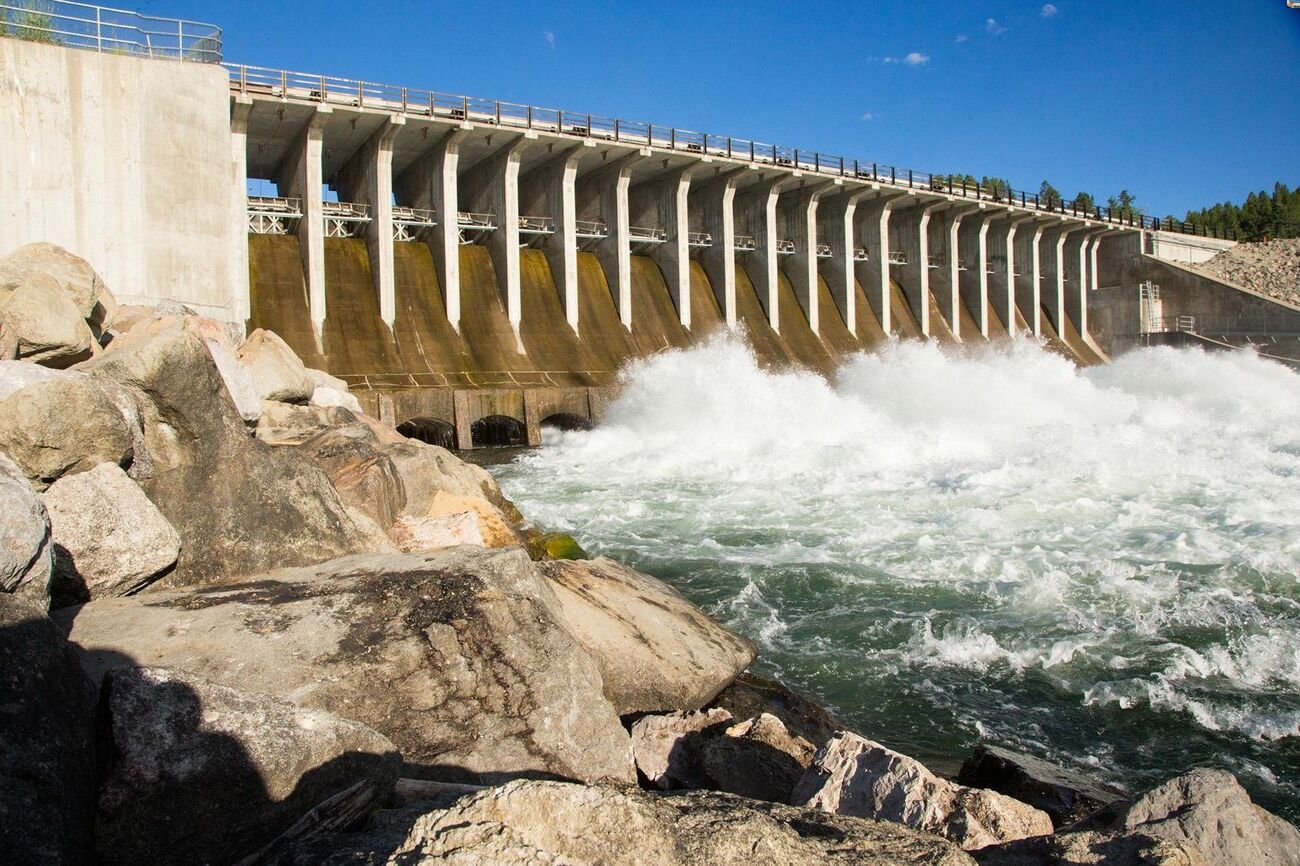
Hydropower is a fascinating topic that combines nature's power with human ingenuity. Have you ever wondered how water can generate electricity? Hydropower harnesses the energy of flowing water to produce electricity, making it a renewable and sustainable energy source. From ancient water wheels to modern dams, humans have used water's force for centuries. Today, hydropower provides about 16% of the world's electricity. It's not just about big dams; small-scale projects also contribute significantly. Curious about the benefits and challenges of hydropower? This article will dive into 28 intriguing facts that will give you a deeper understanding of this incredible energy source.
What is Hydropower?
Hydropower, also known as hydroelectric power, harnesses the energy of flowing water to generate electricity. This renewable energy source has been used for centuries, evolving from simple water wheels to sophisticated dams and turbines.
- Hydropower is the largest source of renewable electricity worldwide.
- The first hydroelectric power plant began operation in 1882 in Appleton, Wisconsin.
- Hydropower accounts for about 16% of global electricity production.
- China is the leading producer of hydroelectric power, followed by Brazil and the United States.
- The Three Gorges Dam in China is the world's largest hydroelectric power station.
How Does Hydropower Work?
Understanding the mechanics behind hydropower can be fascinating. It involves converting the kinetic energy of flowing water into mechanical energy, which then becomes electrical energy.
- Water flows through a dam, turning turbines connected to generators.
- The potential energy of stored water in a reservoir is converted into kinetic energy as it flows down.
- Turbines can be of different types, such as Kaplan, Francis, and Pelton, each suited for specific water flow conditions.
- Hydropower plants can be categorized into three types: impoundment, diversion, and pumped storage.
- Pumped storage plants can store energy by pumping water uphill to a reservoir during low demand and releasing it during high demand.
Environmental Impact of Hydropower
While hydropower is a clean energy source, it does have environmental impacts that need consideration.
- Dams can disrupt local ecosystems and fish migration patterns.
- Reservoirs created by dams can lead to the submersion of large areas, affecting wildlife and human settlements.
- Hydropower plants can contribute to greenhouse gas emissions through the decomposition of organic material in reservoirs.
- Modern technologies and fish ladders are being developed to mitigate the impact on aquatic life.
- Small-scale hydropower projects have a lower environmental footprint compared to large dams.
Benefits of Hydropower
Hydropower offers numerous advantages, making it a popular choice for renewable energy.
- It provides a reliable and consistent source of electricity.
- Hydropower plants have long lifespans, often exceeding 50 years.
- Operating costs for hydropower plants are relatively low after initial construction.
- Hydropower can provide flood control, irrigation support, and water supply.
- It contributes to energy security by reducing dependence on fossil fuels.
Challenges and Future of Hydropower
Despite its benefits, hydropower faces several challenges that need addressing for future sustainability.
- High initial construction costs can be a barrier to new projects.
- Climate change can affect water availability, impacting hydropower generation.
- Social and environmental concerns can lead to opposition from local communities.
- Advances in technology are making small-scale and low-impact hydropower more feasible.
- Integration with other renewable energy sources, like solar and wind, can enhance grid stability.
Interesting Facts About Hydropower
Here are some intriguing tidbits about hydropower that highlight its significance and versatility.
Hydropower's Impact and Future
Hydropower stands as a renewable energy powerhouse, providing clean, reliable electricity. Its ability to generate power without emitting greenhouse gases makes it a key player in combating climate change. Hydropower plants also offer benefits like flood control, irrigation support, and recreational opportunities. However, they come with challenges, including environmental impacts on aquatic ecosystems and displacement of communities.
Despite these hurdles, advancements in technology and sustainable practices are helping to mitigate negative effects. Small-scale hydropower projects and innovative designs are paving the way for a more balanced approach. As the world shifts towards greener energy solutions, hydropower's role will likely expand, contributing significantly to a sustainable future.
Understanding these facts about hydropower helps us appreciate its value and potential. With continued innovation and responsible management, hydropower can remain a cornerstone of global energy strategies.
Was this page helpful?
Our commitment to delivering trustworthy and engaging content is at the heart of what we do. Each fact on our site is contributed by real users like you, bringing a wealth of diverse insights and information. To ensure the highest standards of accuracy and reliability, our dedicated editors meticulously review each submission. This process guarantees that the facts we share are not only fascinating but also credible. Trust in our commitment to quality and authenticity as you explore and learn with us.


